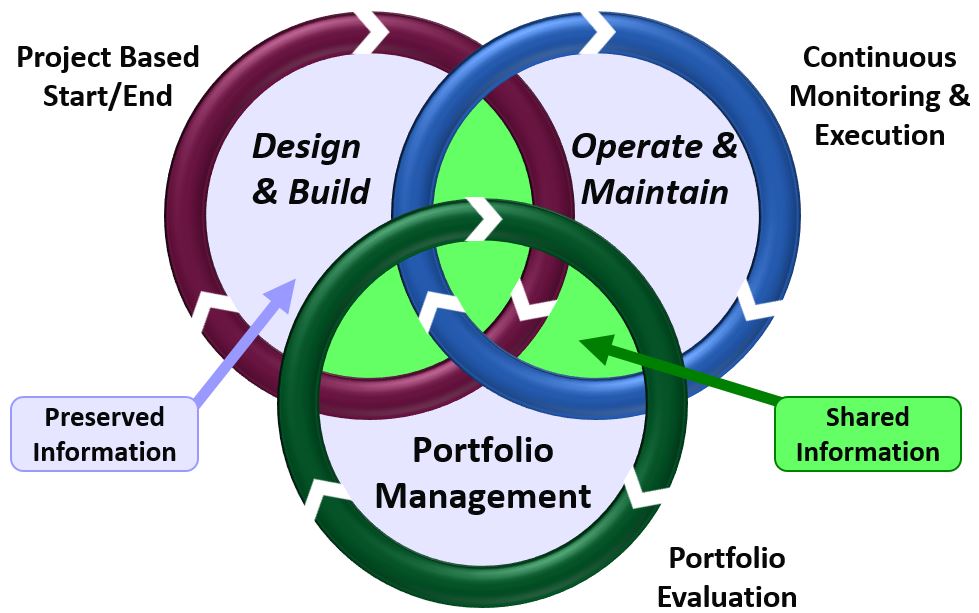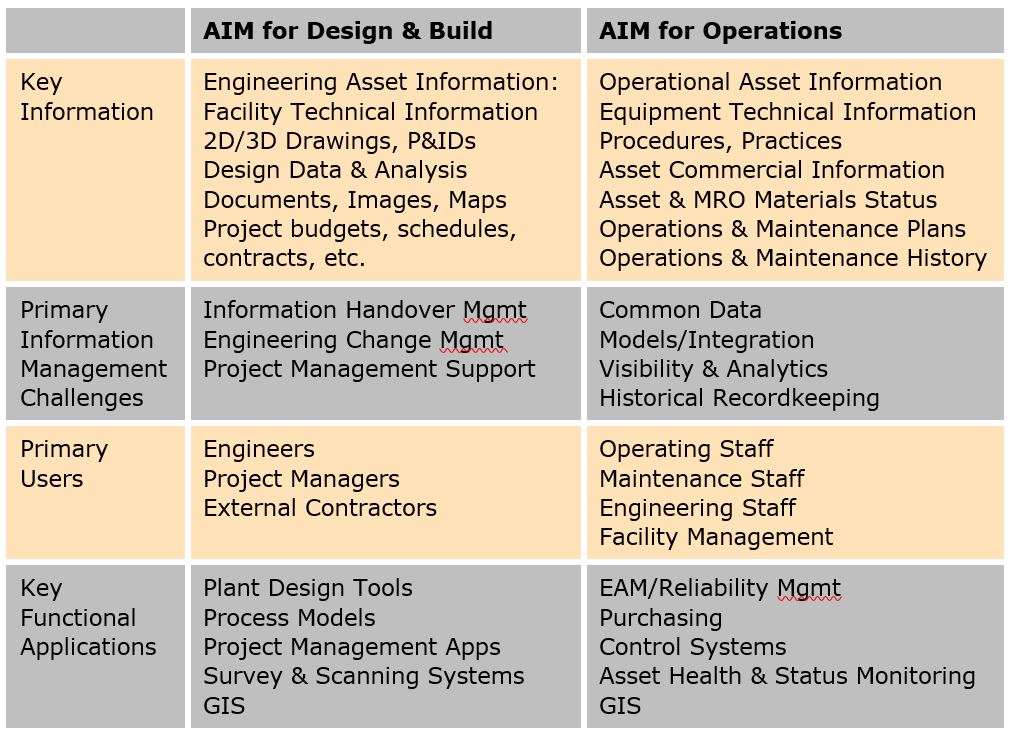

Asset lifecycle information management (ALIM) assures high data integrity across systems and the associated people during the lifecycle of an asset from design, commissioning, handover, operations and de-commissioning. A key function involves sharing of information so that all parties have the current document. It also involves governance for authorization to read, edit or replace with an audit trail.

Good ALIM helps assure an upgrade project or new plant is built on time, in budget and on specification. Delays and rework are avoided when people have access to the current information when and where the need it. During operations, ALIM improves the data integrity of the various systems to avoid conflicts and support delivery of quality products on schedule.
Asset information lifecycle management enables asset-intensive organizations to optimize the returns from their substantial investments in equipment and facilities. ALIM is needed by every asset-intensive organization to provide its people with good asset information. ALIM may appear to be similar to other information management challenges, like customer information management and product information management, but asset information has certain characteristics that merit special attention. Some typical examples follow:
The requirements for good asset lifecycle information management are simple and straightforward. It has to be complete, accurate, consistent, and timely to avoid confusion and costly mistakes. In addition, it has to be accessible, understandable, actionable, and sharable for people to leverage it for higher efficiency and better decision-making.

In operations, ALIM is often used to share information among the applications for enterprise asset management (EAM), control systems, reliability and predictive maintenance. ALIM helps assure that the systems used to support production have high data integrity and accurate asset information. With Industrial IoT, the adoption of predictive maintenance is rapidly increasing and placing increasing need for good asset lifecycle information management.

